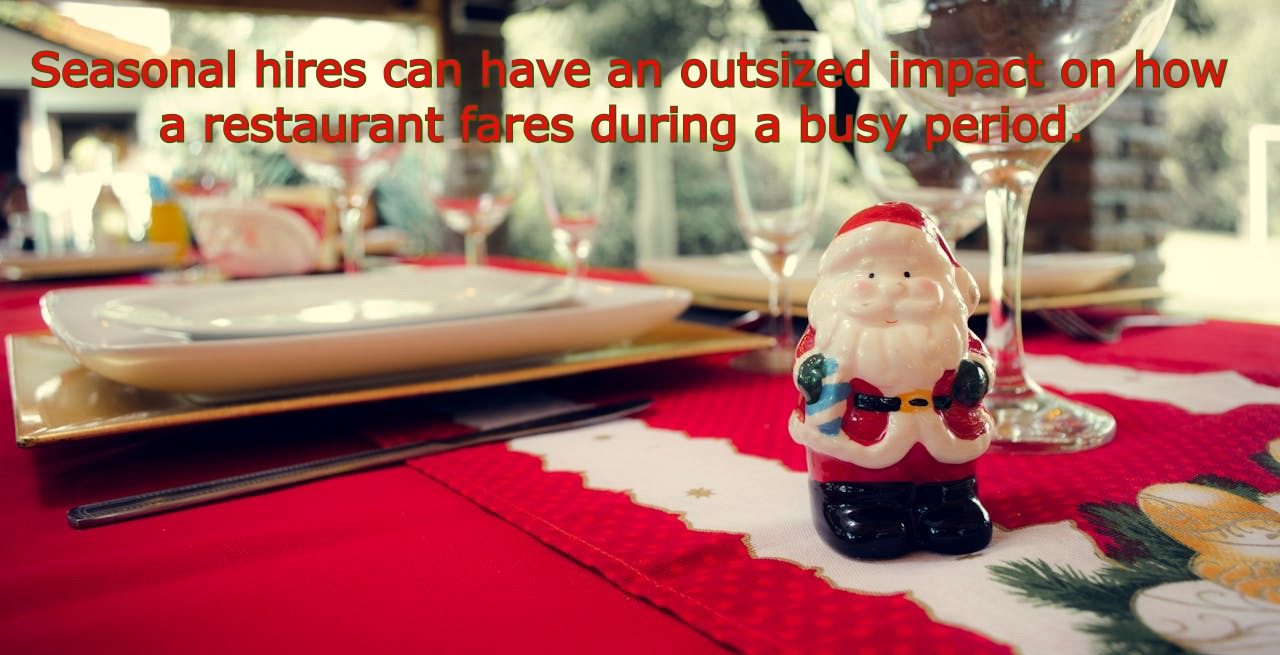Understanding the Lifecycle of a Seasonal Hire
5 Min Read By Rushi Patel
With the holiday season often comes a surge in dining out: shoppers are grabbing quick bites between stores, families are reconnecting over dinner at their favorite hometown restaurants, and people are seeking professionally-prepared meals for their various holiday gatherings. Restaurants added nearly 70,000 jobs this September, a sign of hope that demand will grow despite inflation-weary consumers’ pullback on restaurant spending.
Seasonal hires can have an outsized impact on how a restaurant fares during a busy period. Whether the business has just staffed up for the holidays or experiences their busy period at a different time of the year, investing in seasonal talent is a crucial part of labor strategy year-round.
To facilitate a successful seasonal hiring process, restaurant operators must understand the full lifecycle of a seasonal hire – from recruitment to onboarding to retention – and how each stage presents an opportunity for restaurants to enhance their…
Sorry, You've Reached Your Article Limit.
Register for free with our site to get unlimited articles.
Already registered? Sign in!

